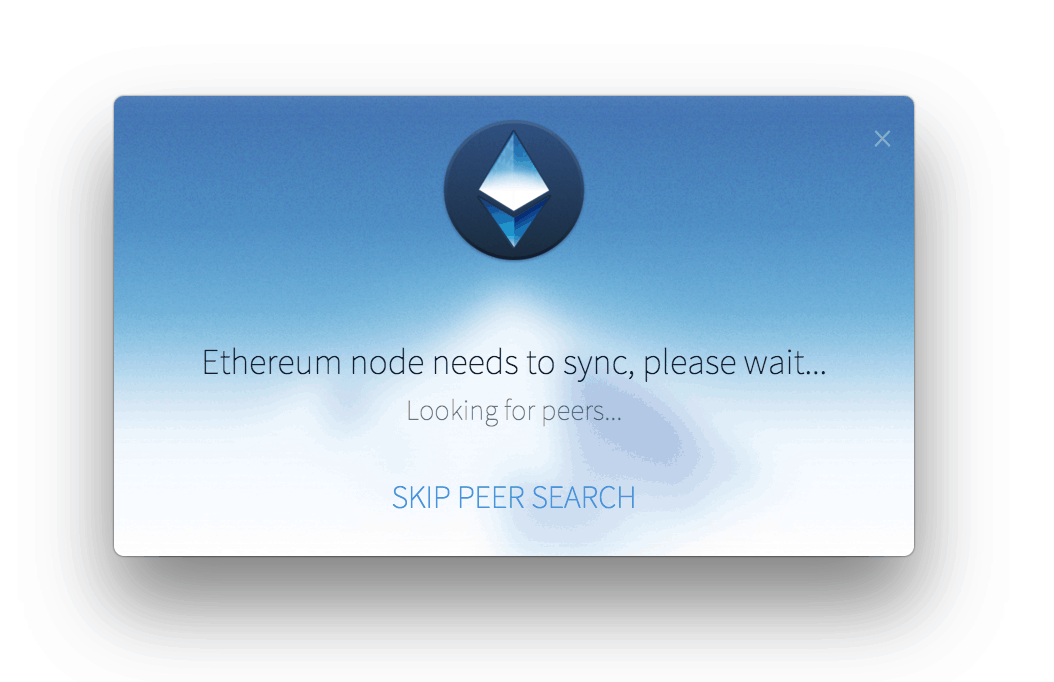


PrerequisitesĪs we will be deploying on Azure by using a Terraform script, the following will need to be installed on the workstation: If you are going to hose your own geth node, I would recommend to 1) host several nodes and use a load balancer to pick the 'healthiest' one and 2) use a mix of different clients - geth, parity, etc, to prevent ethereum network DoS attacks that target a specific client. By using a L8s v2 virtual machine instance, we should be able to sync in less than 24 hours, instead of weeks (like when trying to use a container with allocated 4 CPU/16GB/Mounted SSD). For the purposes of ETH staking Geth is an execution layer. To solve that problem, we will be deploying a `geth` node on a storage optimized virtual machine (Lsv2 series), which in addition to its OS drive, it has directly mapped NVMe storage, targeted specifically for workloads requiring low latency and high throughput. Launchnodes provides a pre-synced Geth Node on AWS for staking ETH and other Layer 2 solutions.
ETHEREUM QUICK NODE SYNC FREE
and one of the main reasons for that, is its demand for high input/output operations per second (IOPS), due to the large amount of data (state tries) that needs to be written to disk. The geth sync continues on in the background and youre free to log off and do more productive things than watching log output. Now, although it’s called a “fast” sync, if hardware isn’t strong enough, more than an average workstation, it would be anything but fast. Although common scenarios for running a node as part of a system would do well with running a light sync, as it allows transmitting transactions to the network, but some scenarios, like reading the transactions pool of the network, require a fast (or full) sync.

As Ethereum’s mainnet state continue to grow, it also lengthens the time it takes to fast-sync a node, specifically, a Go Ethereum node (`geth` for short), which we will be deploying in this article.


 0 kommentar(er)
0 kommentar(er)
